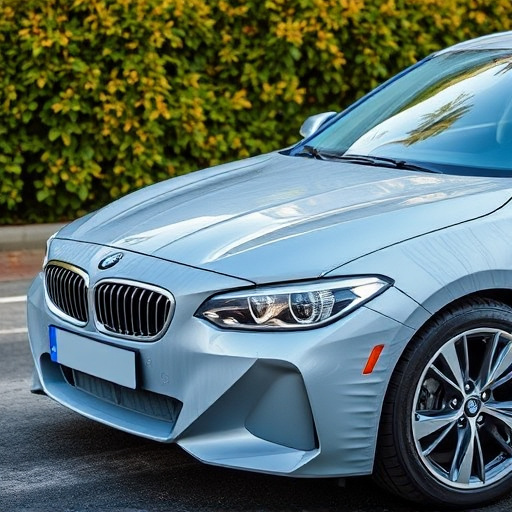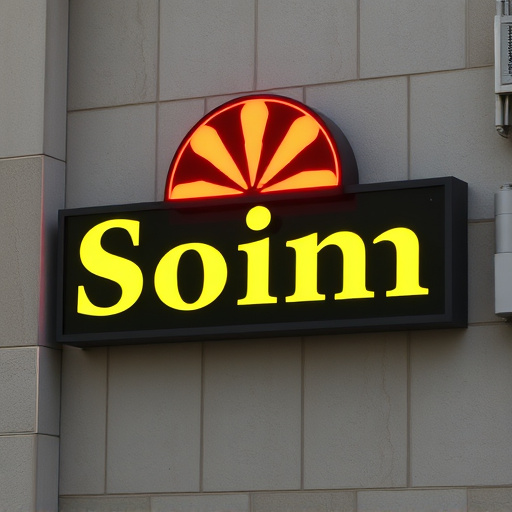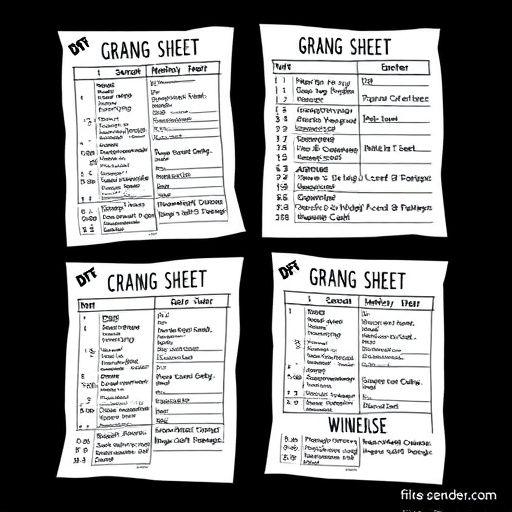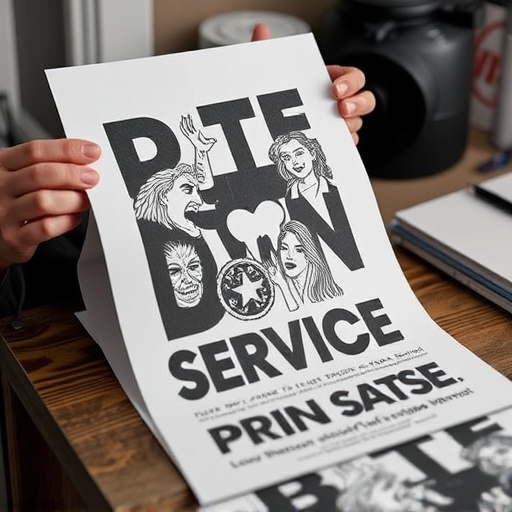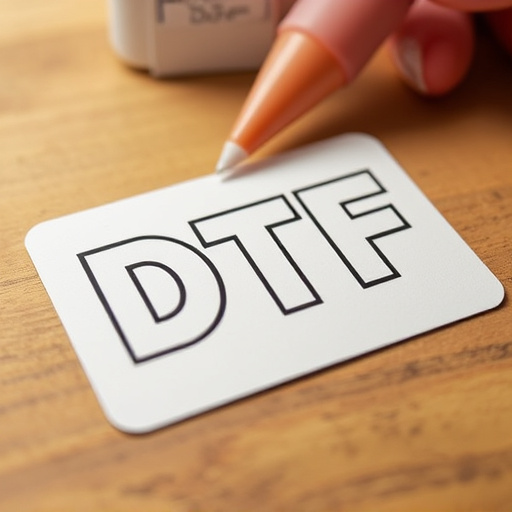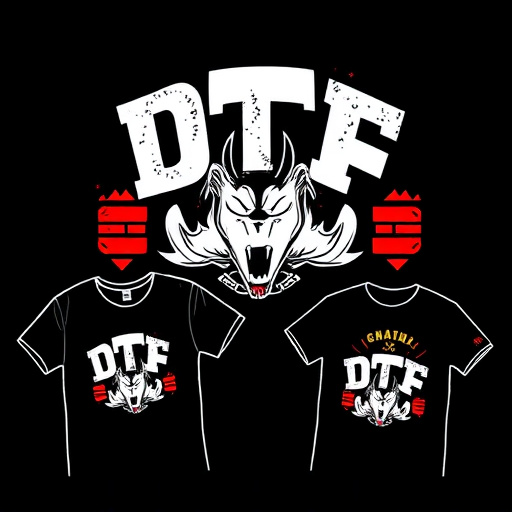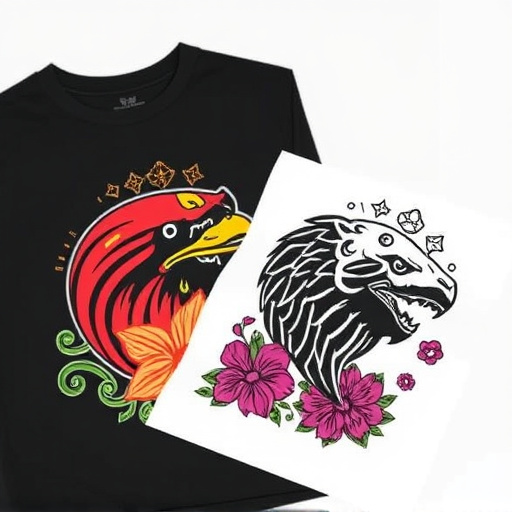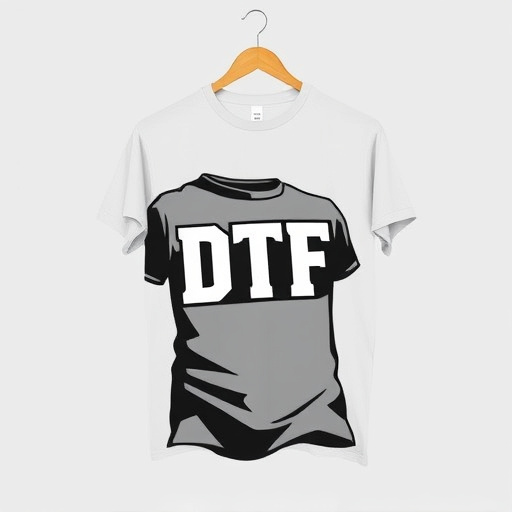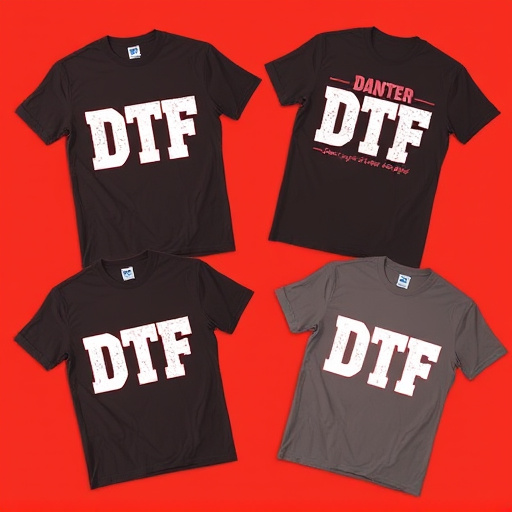Direct-to-Film (DTF) Transfers in custom apparel printing involve high costs beyond printers, including materials, labor, and skilled color reproduction. Efficient inventory management and optimizing cost per unit are key to profitability. Setting competitive prices based on market trends and allowing for profit margins drives sales volume. Utilizing modern printing tech reduces setup times and boosts productivity, while diversifying product offerings caters to diverse client needs and attracts a broader base, enabling premium pricing and enhanced margins.
Direct-to-Film (DTF) transfers offer a lucrative opportunity for businesses to expand their service offerings. However, pricing these services competitively while ensuring profitability requires careful consideration. This article guides you through the process of understanding DTF transfer costs, setting prices that maximize returns, and implementing strategies to enhance margins. By mastering these aspects, your business can thrive in the competitive market while delivering exceptional customer satisfaction with DTF transfers.
- Understanding Direct-To-Film Transfer Costs
- Setting Competitive Prices for Maximum Profit
- Strategies to Enhance Margins and Customer Satisfaction
Understanding Direct-To-Film Transfer Costs
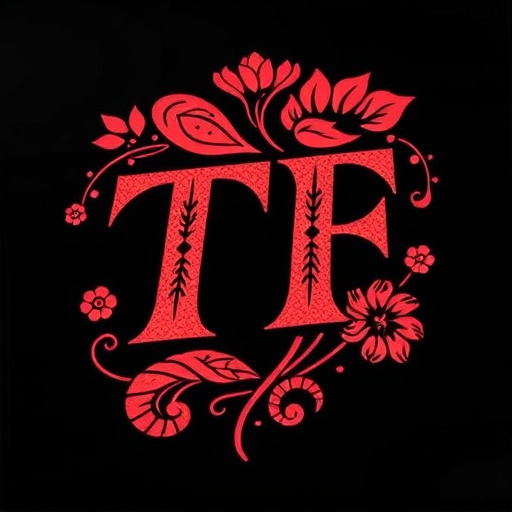
Direct-to-Film (DTF) Transfers involve a direct application of digital artwork to a substrate, often used in custom apparel printing. Understanding the costs associated with this process is key to achieving profitability. Beyond the cost of the DTF printer itself, several factors contribute to overhead expenses. These include materials such as heat-transfer film, inks, and the variety of garments or substrates on which transfers are applied. For instance, printing intricate designs or using specialized inks can drive up costs.
Moreover, labor is a significant component, encompassing setup time for each print job, ink mixing, and the skill required to ensure accurate color reproduction and prevent smudging during heat press applications. Bulk DTF shirt production offers economies of scale, but it’s crucial to consider the cost per unit, especially when employing techniques like heat press for dtf printing on t-shirts. Efficient inventory management and material sourcing can help optimize profitability in this competitive market.
Setting Competitive Prices for Maximum Profit
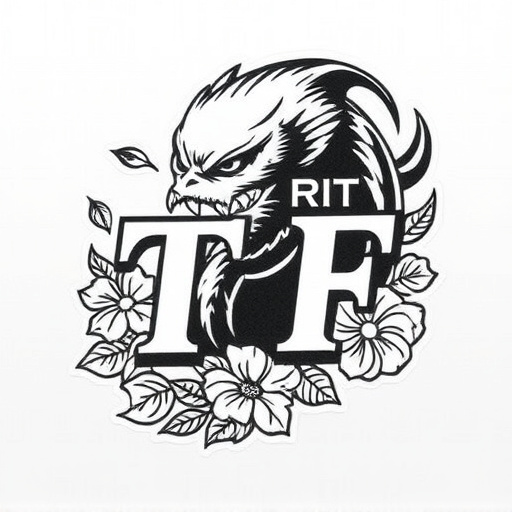
When pricing Direct-to-Film (DTF) transfers for profitability, setting competitive rates is a delicate balance. You want to attract customers while ensuring your business remains lucrative. Researching market trends and competitor pricing is crucial for this strategy. Understand the going rates for DTF for Apparel and similar products in your region. This knowledge will empower you to set prices that align with industry standards while allowing room for profit, especially if you offer unique designs or specialized services.
Consider factors like material costs, labor, overhead expenses, and desired profit margins. You might start by setting prices slightly higher than your competitors, positioning yourself as a premium provider. Alternatively, offering competitive pricing from the outset can drive sales volume, particularly with DTF for t-shirts, which is a popular demand. Adjusting prices based on demand, seasonality, or limited-edition designs can also maximize profitability throughout the year.
Strategies to Enhance Margins and Customer Satisfaction
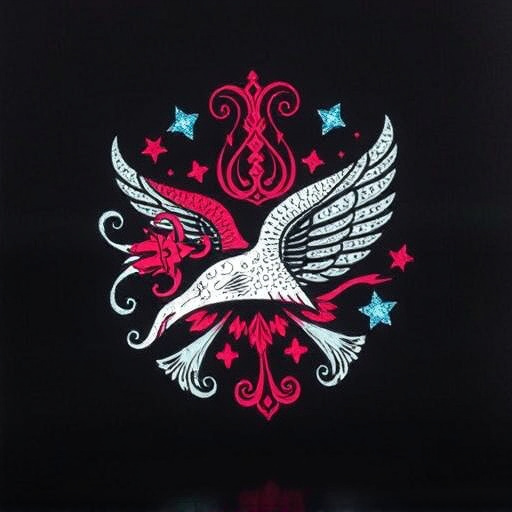
To enhance profitability with Direct-to-Film (DTF) Transfers, businesses should focus on strategies that boost margins and customer satisfaction. One effective approach is to optimize production processes by adopting efficient printing technologies. Modern machines designed for DTF transfers can significantly reduce set-up times and improve overall productivity, allowing for lower per-unit costs. Additionally, investing in high-quality inks and materials ensures superior print outcomes, which not only catches the eye but also increases customer loyalty.
Another key strategy involves diversifying product offerings. While traditional cold peel DTF transfers remain popular, clothing brands can explore innovative applications like incorporating logos into various fabrics for unique promotional items. By offering tailored solutions that cater to diverse client needs, businesses can attract a broader customer base and command premium pricing. This not only enhances margins but also fosters long-term relationships with clients seeking high-quality, specialized DTF transfers.
Direct-to-Film Transfers (DTFT) offer a unique opportunity for profitability, but achieving success requires a delicate balance between understanding production costs and setting competitive prices. By implementing strategic pricing models and enhancing customer satisfaction through improved margins, businesses can thrive in this niche market. Through careful consideration of each step outlined in this article—from cost comprehension to margin maximization—entrepreneurs can ensure their DTFT services remain both profitable and desirable in a highly competitive landscape.



